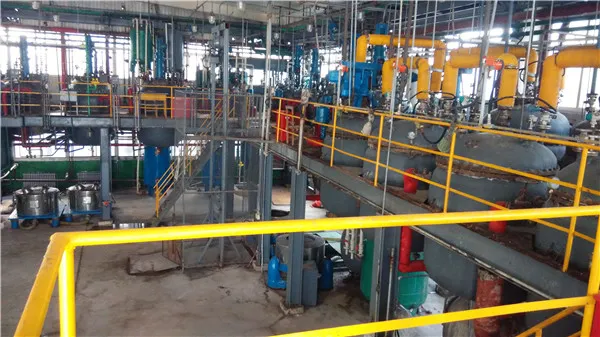Sulfamic Acid An Overview of Its Properties and Applications
Sulfamic acid, also known as amidosulfonic acid, is a versatile and essential compound in the realm of chemistry. Its chemical formula, H3N·SO3, characterizes it as a sulfonic acid, and it is often represented as HSO3NH2. This white crystalline solid is highly soluble in water, making it an excellent choice for a variety of industrial and laboratory applications. In this article, we will explore the properties of sulfamic acid, its synthesis, and its numerous applications across different fields.
Sulfamic Acid An Overview of Its Properties and Applications
Sulfamic acid can be synthesized through various methods, one common approach being the reaction of ammonia with sulfuric acid. This process yields sulfamic acid alongside water as a byproduct. The synthesis can also be achieved by reacting urea with sulfur trioxide, a method that provides a cleaner yield with fewer impurities. The ability to produce sulfamic acid in a laboratory setting has made it a staple compound in research and development.
sulfamic acid h3nso3

In industrial applications, sulfamic acid is often employed as a cleaning agent due to its excellent ability to remove scale, rust, and contaminants from metal surfaces. This property is particularly valuable in industries such as manufacturing, automotive, and maintenance, where the cleanliness of machinery is vital for optimal performance. It is commonly used in cleaning products designed for both household and commercial purposes, such as descaling agents for kettles and water heaters.
Moreover, sulfamic acid plays a crucial role in the production of fertilizers and agrochemicals. It is used as a source of nitrogen in formulations, contributing to the overall nutrient balance necessary for plant growth. This application is vital in modern agriculture, where efficient and effective fertilizers are necessary to meet the food demands of a growing population.
Additionally, sulfamic acid is utilized in the dye and pigment industry, where it helps to stabilize the color and enhance the quality of various dyes. Its ability to act as a buffering agent allows for better control over pH levels in dyeing processes, leading to more consistent and vibrant colors. In the pharmaceutical industry, sulfamic acid is also investigated for its potential applications in drug formulations due to its compatibility with various compounds.
In conclusion, sulfamic acid is a multifaceted compound with significant importance across several industries. Its strong acidic properties, coupled with its relative safety, render it an excellent choice for cleaning agents, fertilizers, dyes, and pharmaceuticals. As research continues, we may discover even more applications for this essential compound, further underscoring its value in both industrial and scientific realms. With its diverse functionality, sulfamic acid not only meets the current demands of various sectors but also has the potential to play a more extensive role in future innovations.

